Why Music by Culture Activities? Traditional China Music will Engage Students
Are you wanting to teach Music by culture? Traditional China music is one to add to your music unit. Learning about traditional music, Chinese culture, festivals, and dances will promote cultural harmony and understanding by growing awareness and appreciation for other cultures and traditions. Traditional China music study is like opening a window to an ancient past!
Music by Culture – China Pentatonic Scale
One of my favorite music activities to connect with music from China is to introduce the pentatonic scale. Even little kindergarteners can feel successful playing the xylophone together.
Yes, unlike the Western scale, traditional Chinese music features the pentatonic scale. The beauty of this is no matter what note a student plays it will complement or sound great with any of those 5 tones. This is a simple and easy way to produce harmony.
Elementary students love playing this on xylophones. It is best to set up the xylophone by taking off the bars you don’t want them to play. If you are like me I always need to double-check and make sure I have set the xylophone up correctly.
Root, 2nd, 3rd, 5th, and 6th tones of a major scale make up a pentatonic scale. To set up pentatonic scale notes in C take off F and B. For F pentatonic scale take off the E and B. It also helps to give the students a rhythm structure to follow to avoid what I call “monkey playing.” Start on half notes, or quarter notes, or branch out to a familiar tah-ti-ti pattern.
Traditional China Music History
One of the fascinating facts of learning about Chinese music is it is a window to ancient pasts. China is one of the 4 ancient civilizations in the world. A bone flute discovery dates Chinese music back 8,000 years.
During the 10th to 7th century B.C. the Zhou Dynasty believed music came from the sounds in nature. Instruments were made from these 5 elements in nature:
- water
- fire
- Earth
- Air
- Space
Chinese philosopher Confucius who lived around 2,500 years ago held music in high regard naming music as one of the six Confucian arts along with rites, archery, chariot racing, calligraphy, and mathematics. Confucious taught that the role of music was both political and social.
Confucious believed music created a peaceful, harmonic, and obedient society through the soothing and proper way music was played and heard. Traditional China music had a smooth continuous sound rather than riding on a rhythm or beat.
Respect for authority was programmed into the audience by playing magnificent music as the emperor entered a room. Confucious called this a “grand entry” when all instruments began together or with an impressive gong or drum ringing out. It signaled a beginning and grabbed the audience’s attention.
Celebration of the Chinese New Year
Music plays an important role in Chinese rites, rituals, and ceremonies dating back thousands of years. Learning about the celebrations of different cultures both unites and depicts what is valued.
The celebration of the Chinese New Year is the most important festival of the year. The festival lasts for weeks and honors deities and ancestors. It begins with the 1st moon near the end of January and lasts until the full moon arrives.
The celebration of Chinese New Year ends with another important festival, the Lantern Festival. The lighting of lanterns symbolizes letting go of the past year and welcoming a new year with good fortune. Modern lanterns use thousands of LED lights to illuminate giant imaginary animals or beautify flowers, trees, and palaces.
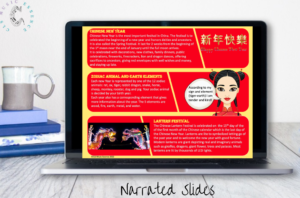
Music by Cultures – Folk Dancing features
Both dragon and lion dances are an important part of celebrating the Chinese New Year and symbolize Chinese culture. Chinese ancestors created the dragon which is a significant Chinese symbol of power and good fortune or luck.
It takes many people to perform a Dragon dance. The dancers suspend the dragon above their heads on sticks. The dancer in the front leads the dragon’s body through movements and the music follows these movements. Just think how fun this would be in the classroom!
The lion dance features two dancers hidden inside the lion costume. The dance is incredible! Dancers perform acrobatic tricks and moves reminiscent of Chinese martial arts.
Chinese legend states the ribbon dance was created based on a dream by Emperor Tang-Ming-Hwon. He dreamed of a place where many fairies were singing and dancing in multicolored cloud-like long robes. This is a great opportunity to break out those classroom ribbons or use scarves and create choreographed moves for students to follow.
Chinese Opera
One of the three oldest dramatic art forms in the world in Chinese Opera. Chinese opera has unique characteristics, physically challenged acrobatic moves which can include high-flying stunts, martial arts, and fire-spitting.
There are two groups of musicians in the Opera. Featured bowed and plucked string instruments accompany the singers and drums, wooden clappers, gongs, and cymbals highlight the acting, dancing, and fighting features.
Facial make-up or Chinese masks are used to symbolize the personality or fate of the character. The color of a character’s face or opera mask has a specific meaning. White in China symbolizes a crafty evil character and black is a serious and honest person with a selfless personality.
A fun activity is to let students design their own opera masks. Show them a few examples and a Chinese color guide and they can represent the personality and fate of the opera role. Posted above is a free lesson plan for this activity.
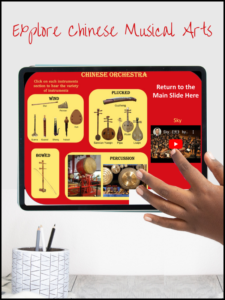
Traditional Chinese Music Orchestra
Most fascinating to see and hear is the traditional Chinese music orchestra instruments. Different than other cultures are Instrument shapes, forms, and sounds. This makes the music they produce unique from the rest of the world.
Chinese Instruments are divided into 8 categories by the material used to make them: animal skins, gourd, bamboo, wood, silk, earth/clay, metal, and stone. The Chinese orchestra has four sections: plucked, bowed, wind and percussion.
Wailing, mournful, reedy, haunting, chilling, brassy, rich, and smooth is a few ways to describe the instrument sounds. Chinese music opens a window to ancient times. Music tones, scales, pitches, and instruments have a unique sound that cannot be heard in Western music and continues to fascinate all who listen.

Review music by culture activities for traditional China music lesson plan:
- Pentatonic Scale on xylophones
- Cufucious music traits
- Celebrating the Chinese New Year and other festivals
- Chinese folk dances – Dragon, Lion, and Ribbon
- Chinese Opera – Grab the Free lesson plan above
- Traditional Chinese Music Orchestra

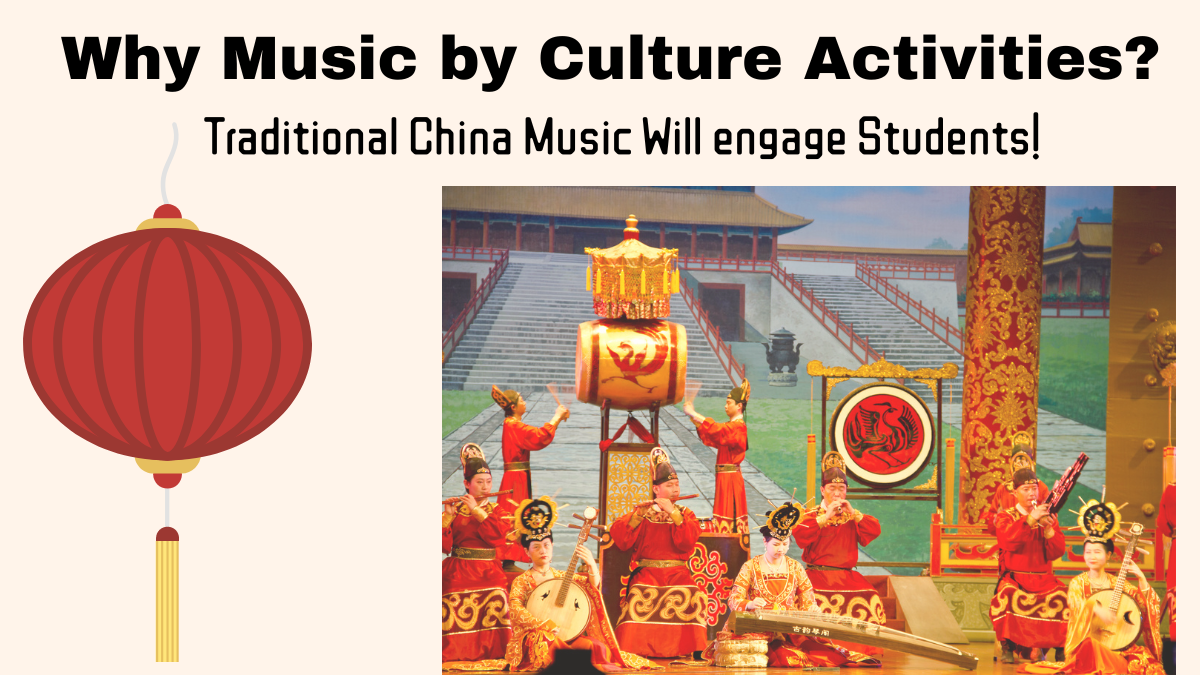


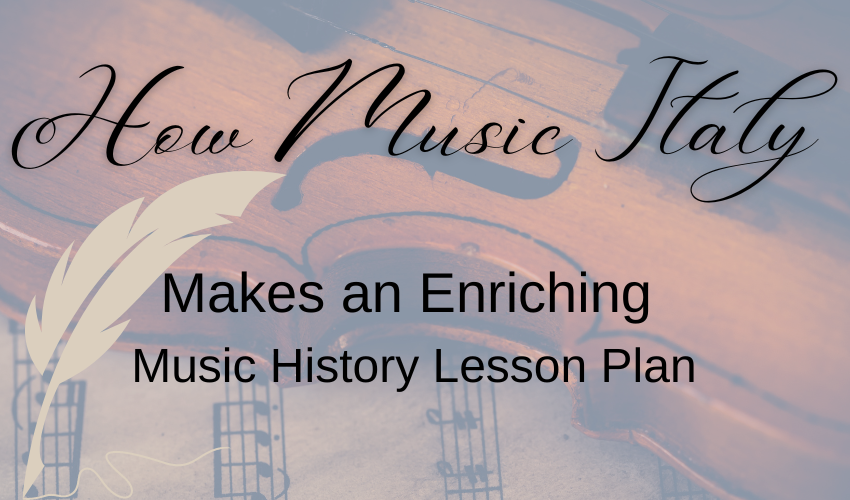

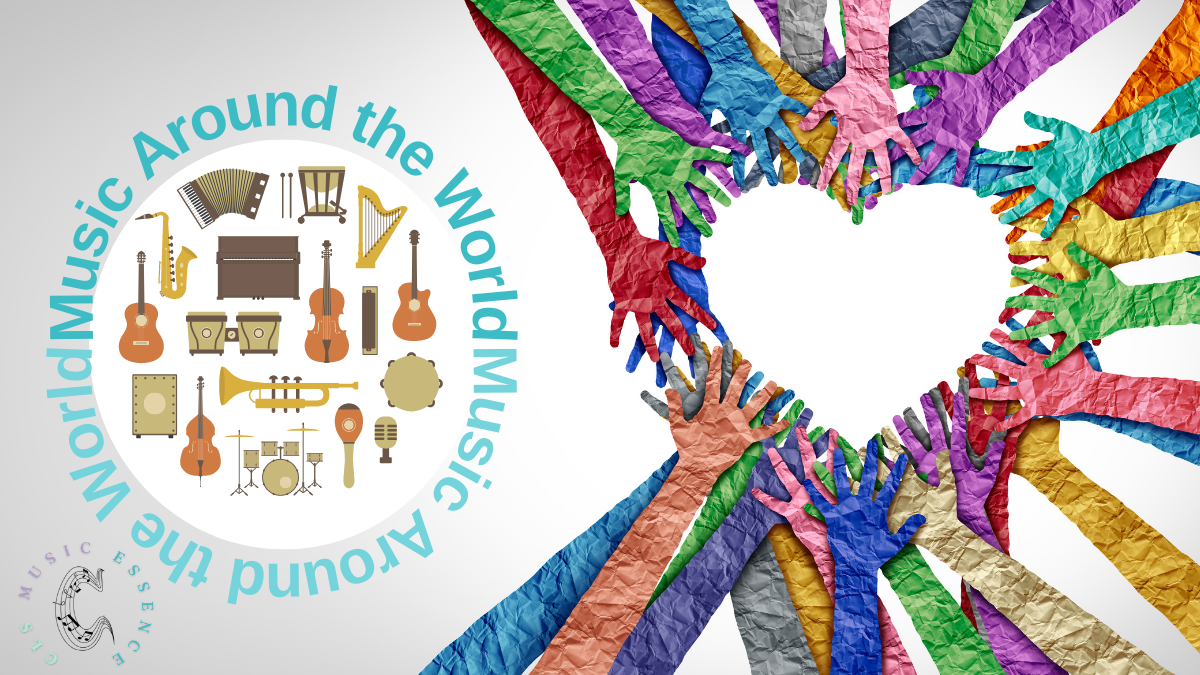

3 Comments